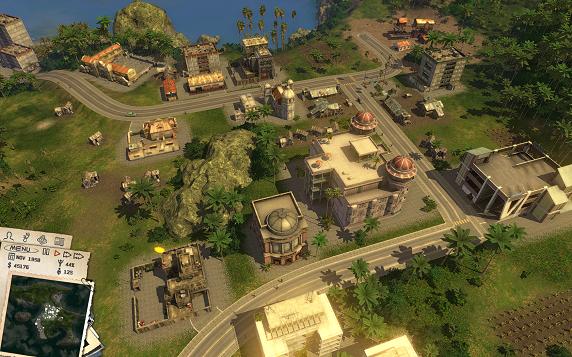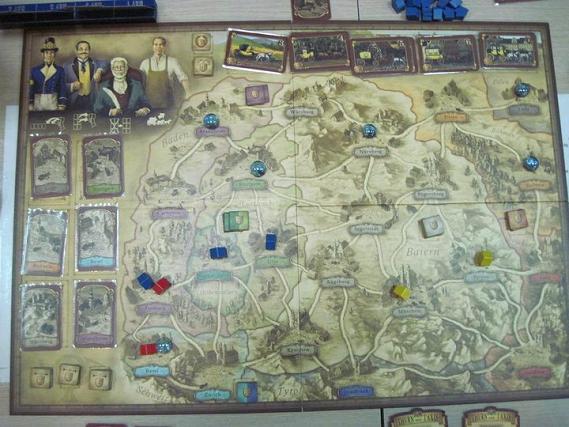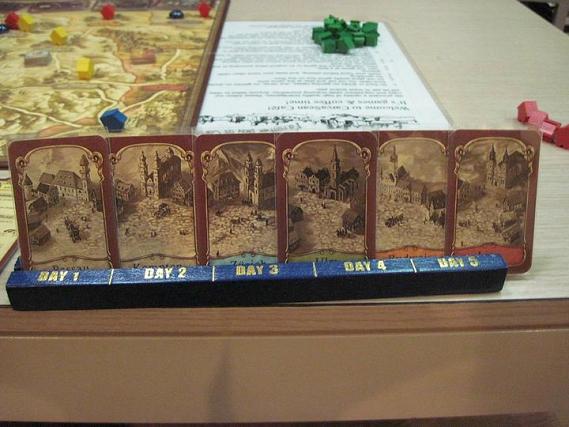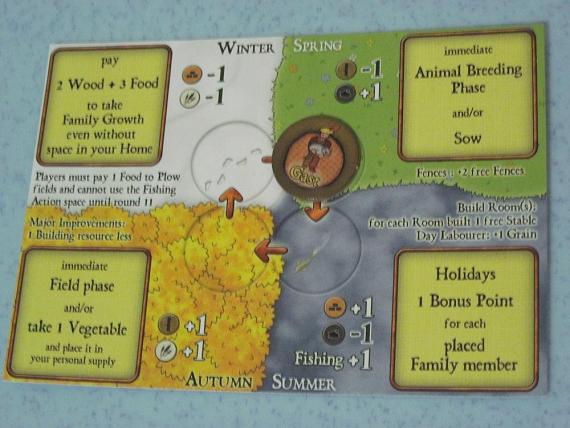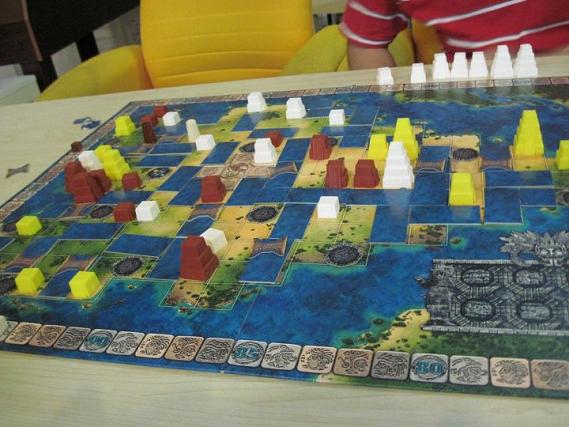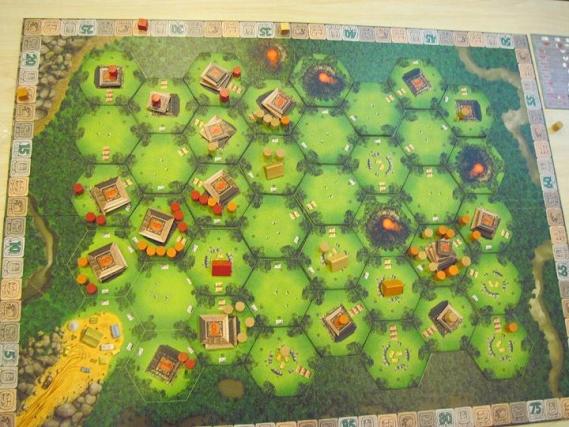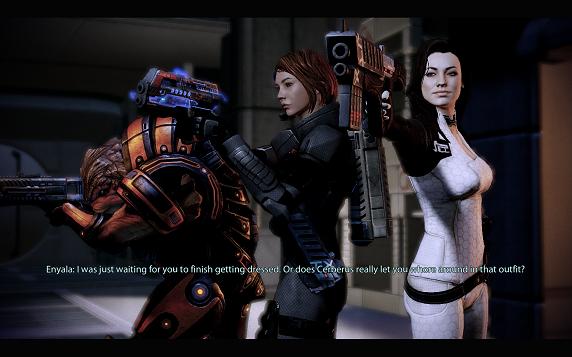Everyone who plays PC games will have already heard of the massive sales Steam is currently running until July 4th, but in case you haven’t, this is easily the best chance to pick up games by the truckload, until at least the inevitable Christmas sales. In my opinion, particularly good deals are the Square Enix and THQ complete packs. Each pack contains more games than the average gamer will probably be able to complete in a year at a price barely highly than the current cost of a single game.
So far I’ve used this opportunity to finally jump on the Left 4 Dead bandwagon, buying both the original game and its sequel. In addition, I’ve also picked up Resident Evil 5 and Bioshock 2. Plus, I also bought Dragon Age: Origins during the EA promotion week before the current sales. Even without buying any of the complete sets (I opted out since I already most of what I’d want to play in the collections anyway), it looks like I’m more or less set for the year. And there are still two more days of daily deals to go!
One game I really hoped I’d be able to buy is Rockstar’s Bully. It’s on Steam and was even a daily deal, but due to region restrictions, Malaysians can’t buy it. I’ve heard on LYN that you can set your Steam region to US to buy it. It’ll throw out a warning but the transaction should go through. I don’t want to risk getting my Steam account or my credit card locked however, so I’m still waiting for it to become available in Malaysia.
Incidentally, of the games I’ve listed I’d buy in my post last November, only one remains unbought: Cyanide’s Blood Bowl. I was ready to buy the Dark Elf Edition that was released on Steam this year (which is itself an improved version of the game released on retail last year) but then I heard that Cyanide would be selling yet another new version of it by the end of this year. Apparently even customers who have already bought the previous versions won’t be able to get the new teams through a patch and will have it buy it all over again. And despite continuing reports of bugs, Cyanide has announced that it won’t be patching the older versions any longer. With such dodgy business practices, I’m now extremely reluctant to buy the game even though I really, really want to play Blood Bowl.
